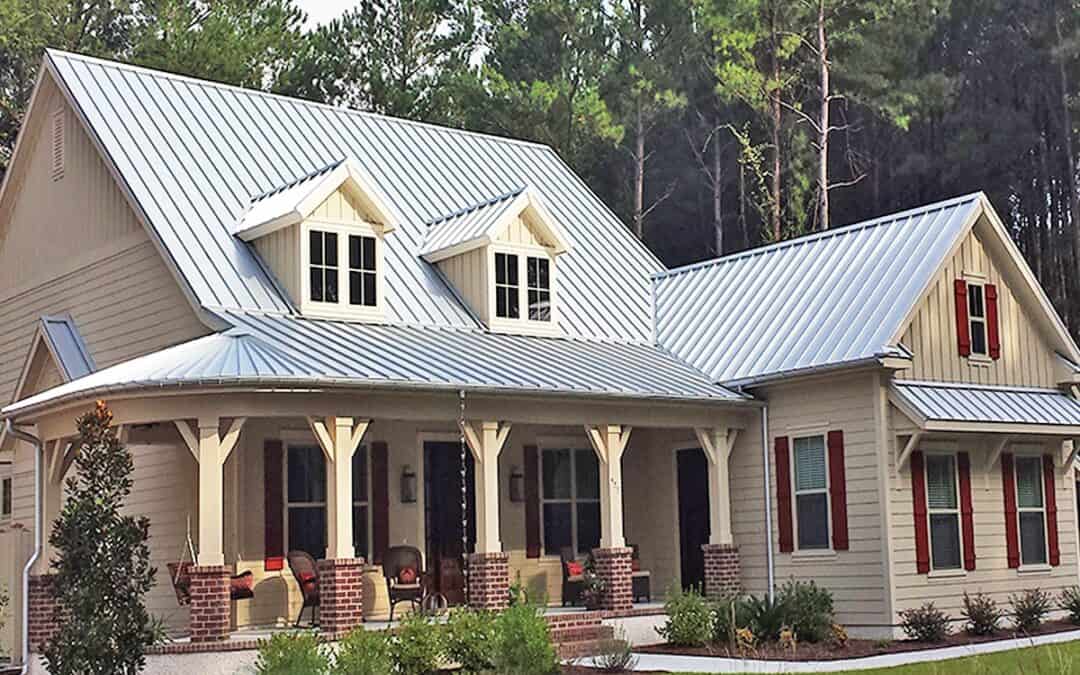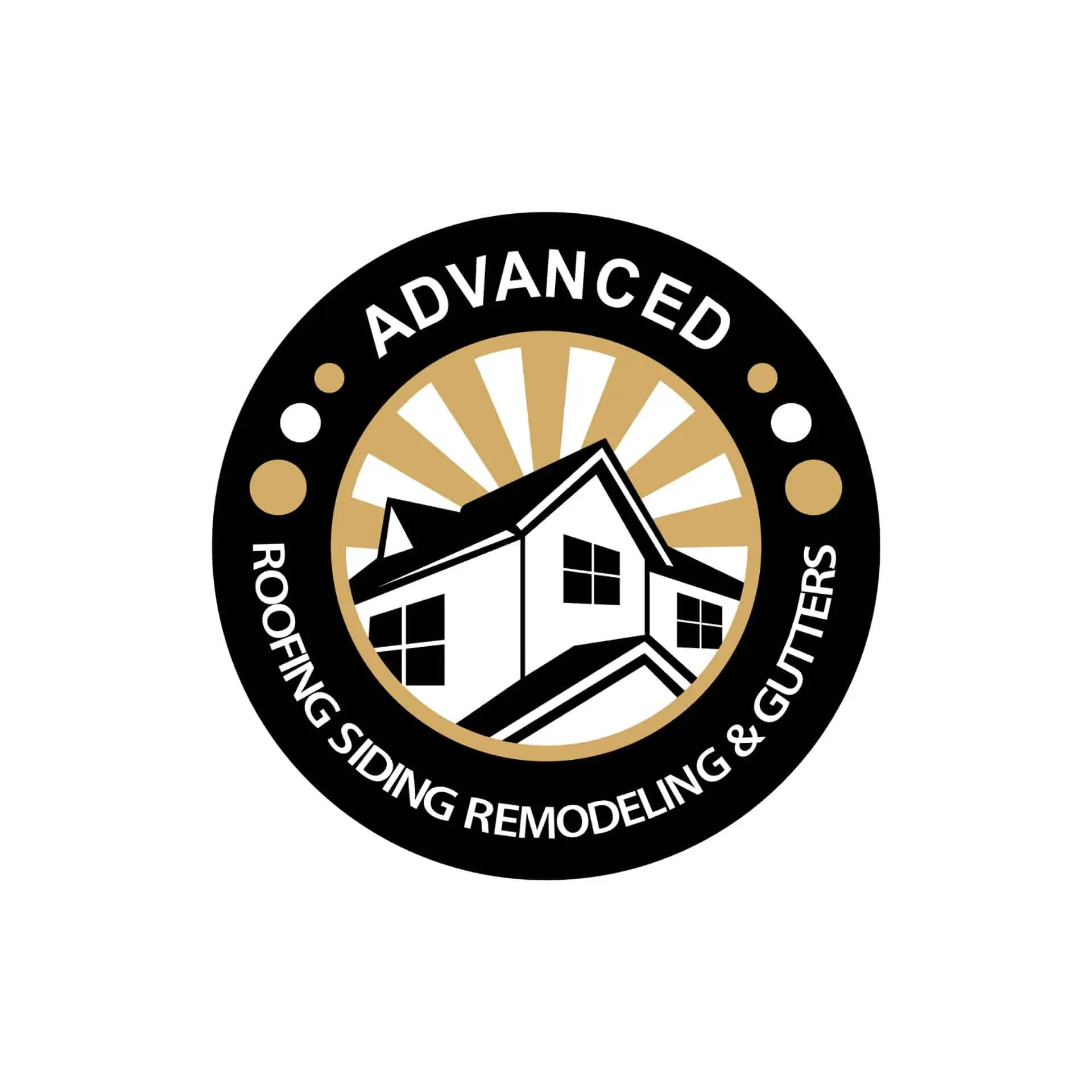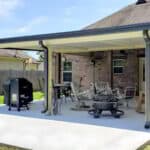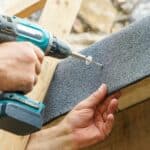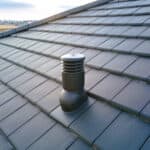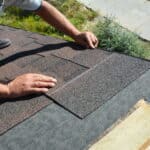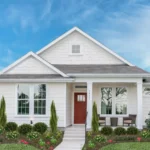Your roof is an essential part of your home that provides much needed protection. As your first line of defense, your roof serves a barrier between you and the exterior elements, protecting against snow, rain, hail, ice, and possible debris. Your roof provides insulation during the winter and summer months, as well as rain year round. Your roof is a priority.
The construction of this area, therefore, should never be taken lightly. This includes choosing the best material for the roof. There are numerous options available, and this can make the task quite difficult as each one offers its distinct advantages and drawbacks.
Factors that determine what type of roofing is best include the slope and complexity of the roof, as well as the style of the house, local climate, and the cost of different roofing options. The type of material chosen will determine how long it lasts, its durability, and cost to install or replace. There are many types of materials that can be used for roofs, each with their own pros and cons. Deciding on the best material for your roof depends mostly on the climate and weather of where you live.
It’s important to weigh in all factors such as cost, durability, and style among other things. These factors will help you narrow down the type that’s right for your needs. The following will provide an overview of the most popular roofing materials here in the Southeast region.
Asphalt shingles
These shingles are the most popular type of roofing for sloped roofs because they’re affordable, easy to install, durable, and available in a wide variety of colors. Asphalt shingles can also be made from a variety of materials. Fiberglass shingles are less expensive, while composite shingles made from recycled material are costlier. Asphalt shingles are very popular because they are readily available, economical, and durable. Asphalt Roofs last 20 – 25 years but may need consistent maintenance over the years depending on weather conditions and roofing.
Asphalt shingles are available in three-tab or architectural cuts.
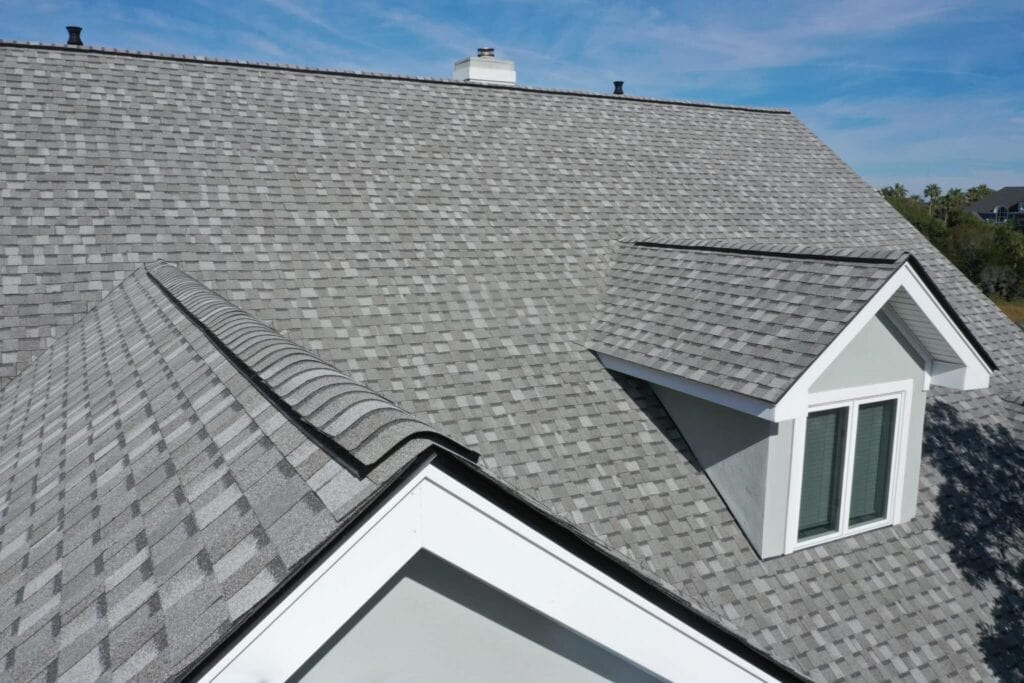
Architectural Shingles: specifically engineered to create a high quality roof by individual shingle’s contour, cut and dimensional thickness. Considered to be a premium type of asphalt shingle, architectural roofing shingles are also called dimensional shingles or laminated shingles because there are two layers of shingle pieces laminated together to provide a dimensional look.
3-tab Shingles: are made utilizing aesthetics that appear as three uniform cutouts, or tabs, made along the lower edge of the shingles. 3-tab shingles are designed to look like three individual shingles but are, in fact, all one piece.
Pros and Cons of Asphalt Shingles:
- Extremely affordable
- Lightweight and easy to install
- Various options
- Not all options have long-term durability
- Sensitive to extreme temperature changes
Metal Roof
Metal roofing styles range from standing seam styles to shingle look-a-likes. Metal roofs are gaining more popularity these days because they are very durable and require minimal maintenance once installed properly. They are also good insulators, which means that they can lower the utility bills. Unlike asphalt, metal does not absorb heat so it won’t get damaged by warm air in hot weather. It’s efficient at keeping out rainwater and snow which makes it great protection against wind damage happening during the winter months. The downside to using metal is its high cost compared to other materials that provide similar benefits. However, most homeowners agree that it’s worth it because of its durability and effectiveness.
The most common types of metal used to make metal roofing panels are:
- Copper
- Galvanized steel
- Galvalume coated steel
- Zinc
- Aluminum
- Stainless steel
There are a variety of colors, shapes, and styles of Metal Roofing material, and metal roofs can lasts up to 60 years with proper maintenance which is triple the amount of a common asphalt roof. Metal roofing is a huge category that includes factory-formed and finished roofing panels as well as roofing panels that are cut and formed at the building site. Metal roofing has a long history of use on houses, farm structures and commercial buildings. Its main limitation is that it’s not suitable for use on complex or curved roofs. Like corrugated roofing, many metal roofs can be installed directly over a worn-out older roof without tearing off the old roofing material. Metal roofing is not only fire resistant, but it can also withstand many other types of extreme weather, such as high winds or heavy rain, making it a very popular choice wherever weather can be severe. What’s more, metal roofing – especially standing seam metal roofing – allows for the easy installation of solar panels, making the structure extra energy-efficient and eco-friendly.
Pros and Cons of Metal Roofing:
- Lightweight and doesn’t require additional support
- Maintenance is straightforward and simple
- Reflects heat and can lower cooling costs
- Expansion and contraction from environmental factors can stress the material
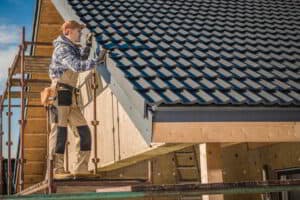
Slate
Slate is an excellent choice for people who want something more natural for their roofs. Natural slate roofing lasts more than 100 years and is generally known as the highest quality roofing material. However, slate tiles are also one of the most expensive options, costing at least $7.56–$18.70 per square foot.
This type of material comes from the earth so you can expect it to be organic and environmentally friendly. It’s available in different colors and patterns, too, which will make your roofing look unique and distinctive. Slate offers amazing weather protection against strong winds and heavy rain without causing damage to other materials like asphalt might do. Slate has one major disadvantage: it’s very heavyweight which makes installation a bit challenging for some people who aren’t experienced at installing roofs and puts a massive strain on a home’s structure. Some homes need extra reinforcement in order to be able to bear the weight.
Pros and Cons of Slate Roofing:
- Beautiful aesthetic
- Extremely long lifespan of 100+ years
- Natural, eco-friendly material
- Exceptionally fragile
- Requires specialty knowledge for proper installation
- Heavy weight
A certified slater is recommended to install the slate, as tiles are very brittle prior to installation.
Understanding the various common roofing material options can go a long way in ensuring that you make the right choice for your home. Regardless of the roof type that you have, you will most likely need to have it repaired and or replaced during the course of your homeownership. By planning ahead and going with a roofing material that works best for your specific area and property can go a long way towards preserving and maintaining the look and longevity of your roof.

